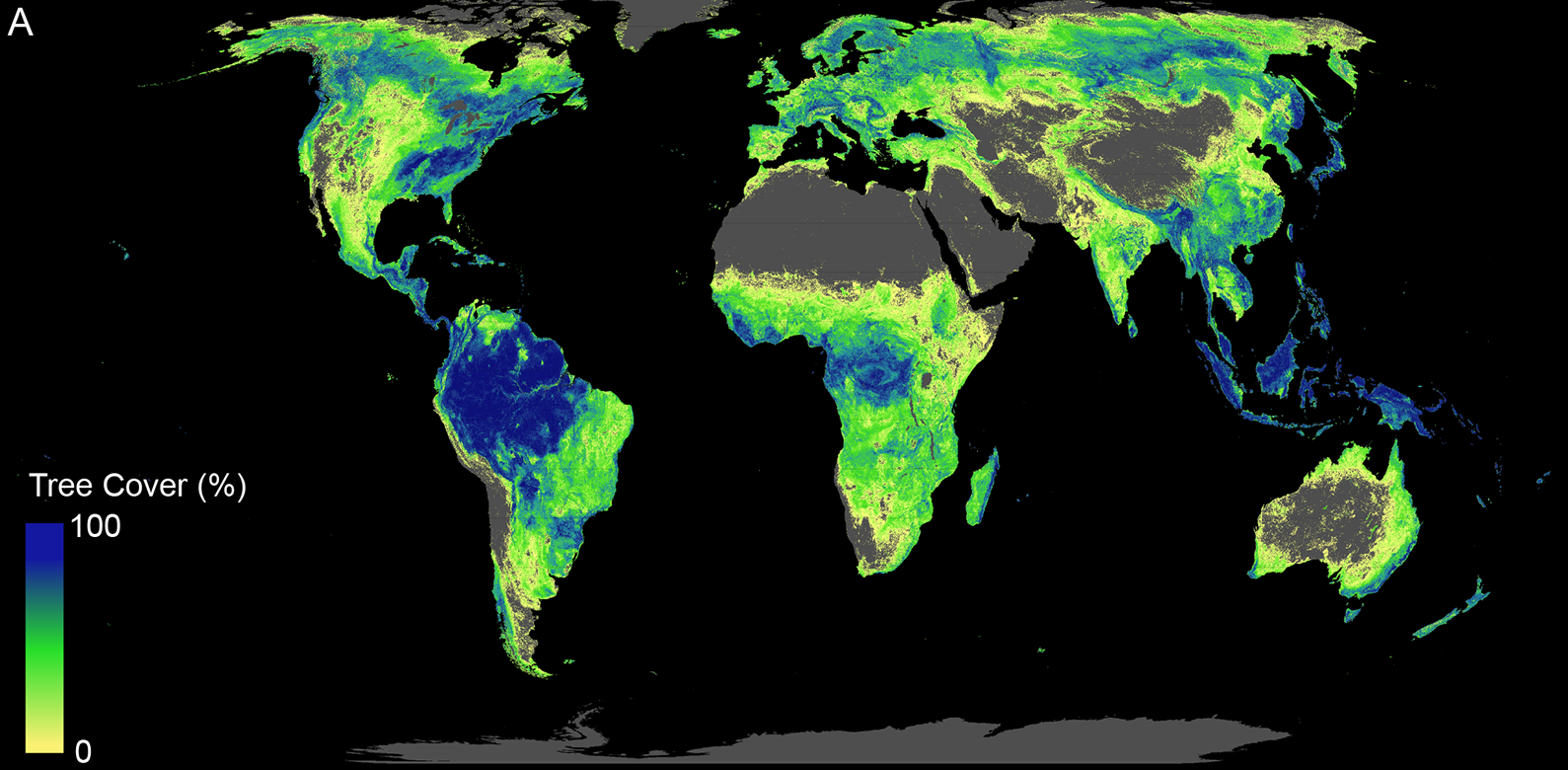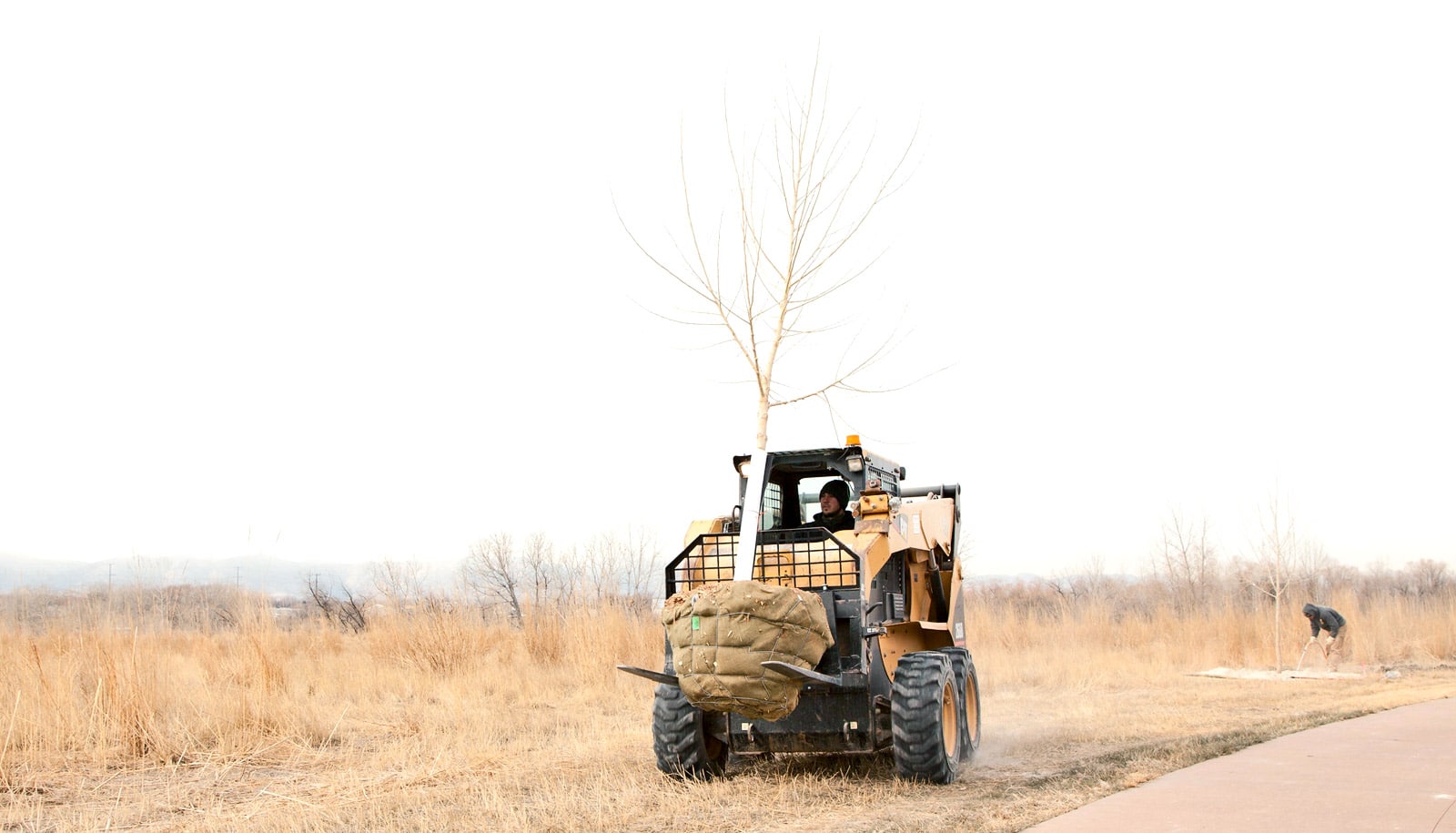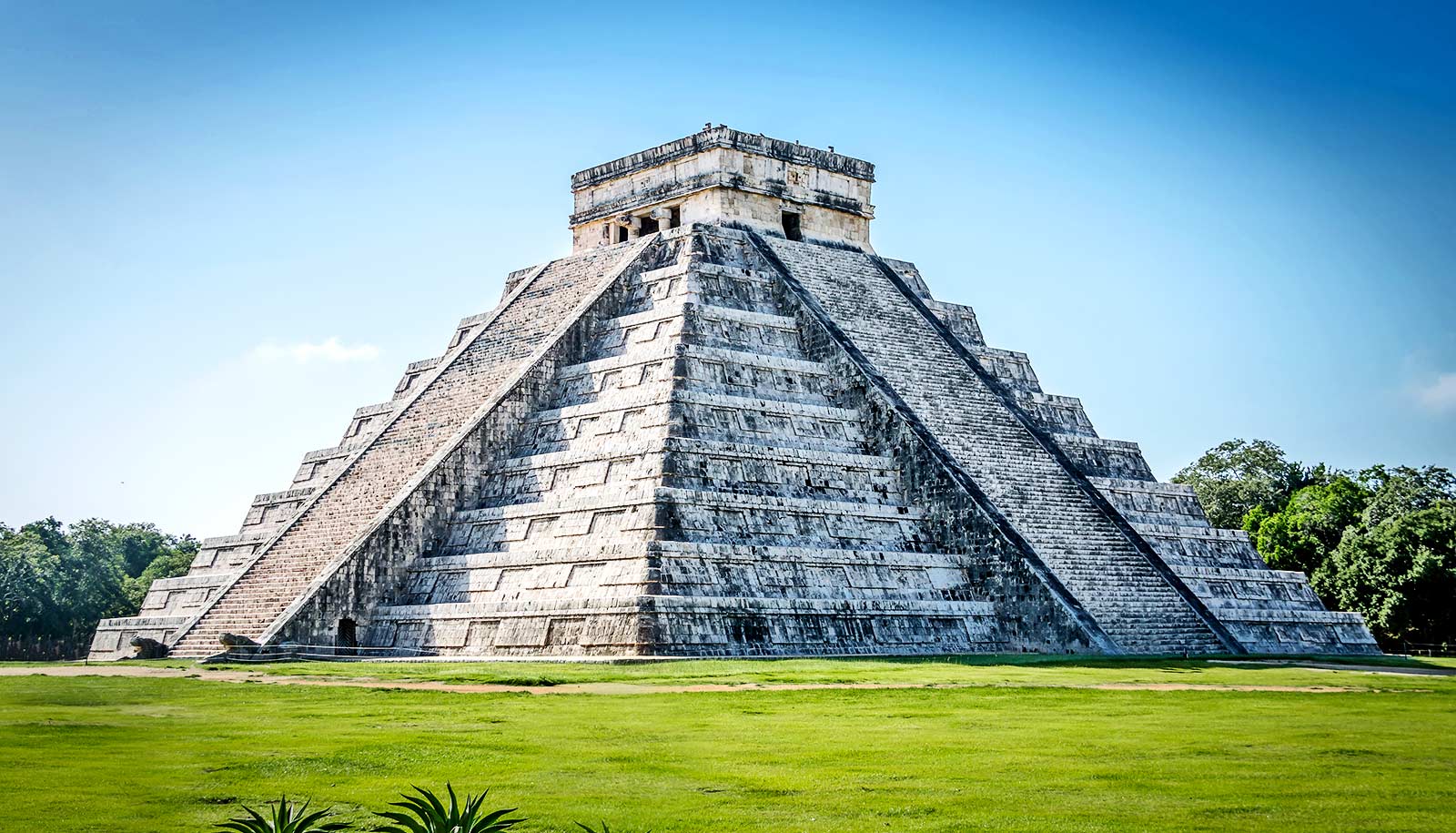Around 0.9 billion hectares—roughly 3.5 million square miles—of land worldwide would be suitable for forest restoration, which could ultimately capture two-thirds of human-made carbon emissions, say researchers.
In the journal Science, researchers report that this would be the most effective way to combat climate change.
The Crowther Lab at ETH Zurich investigates nature-based solutions to climate change. Their latest study shows for the first time where in the world new trees could grow and how much carbon they would store.
A tool on the lab’s website lets users look at any point on the globe to find out how many trees could grow there and how much carbon they would store. It also offers lists of forest restoration organizations.

“One aspect was of particular importance to us as we did the calculations: we excluded cities or agricultural areas from the total restoration potential as these areas are needed for human life,” explains lead author and Crowther Lab postdoc Jean-François Bastin.
The researchers calculated that under the current climate conditions, Earth’s land could support 4.4 billion hectares of continuous tree cover. (A hectare is about 2.5 acres).
That is 1.6 billion more than the currently existing 2.8 billion hectares. Of these 1.6 billion hectares, 0.9 billion hectares fulfill the criterion of not being used by humans. This means that there is currently an area of the size of the US available for tree restoration.
Once mature, these new forests could store 205 billion metric tons of carbon: about two-thirds of the 300 billion metric tons of carbon that human activity has released into the atmosphere since the Industrial Revolution.
“We all knew that restoring forests could play a part in tackling climate change, but we didn’t really know how big the impact would be,” says Thomas Crowther, coauthor of the study and founder of the Crowther Lab.
“Our study shows clearly that forest restoration is the best climate change solution available today. But we must act quickly, as new forests will take decades to mature and achieve their full potential as a source of natural carbon storage.”
The study also shows which parts of the world are most suited to forest restoration. The greatest potential can be found in just six countries: Russia (151 million hectares); the US (103 million hectares); Canada (78.4 million hectares); Australia (58 million hectares); Brazil (49.7 million hectares); and China (40.2 million hectares).
Many current climate models are wrong in expecting climate change to increase global tree cover, the study warns. It finds that there is likely to be an increase in the area of northern boreal forests in regions such as Siberia, but tree cover there averages only 30 to 40 percent. Losses in dense tropical forests, which typically have 90 to 100 percent tree cover, would outweigh those gains.
Source: ETH Zurich



